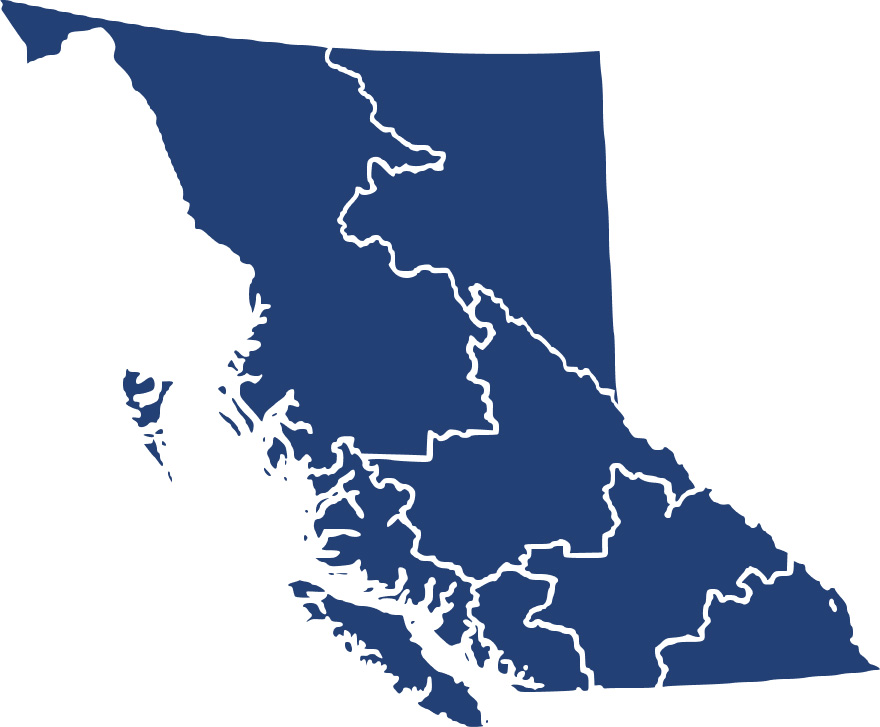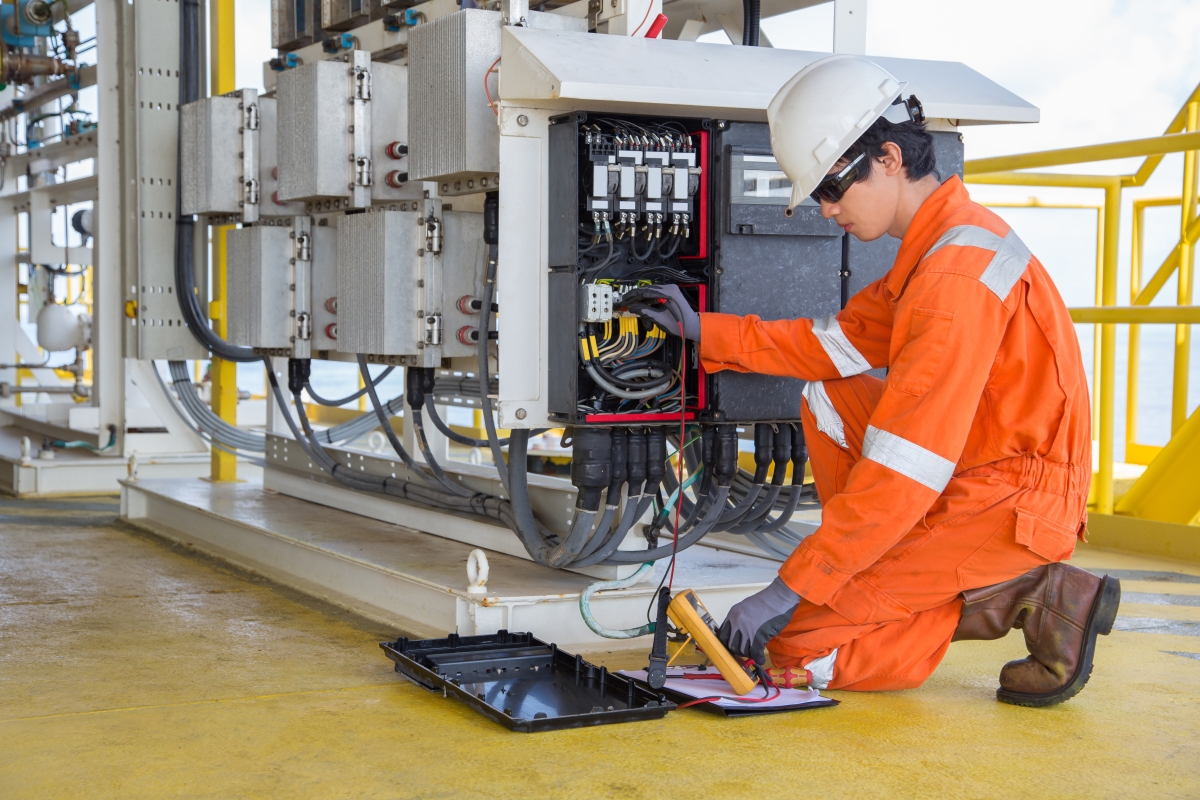Career Overview
Elevator constructors and mechanics:
- Assemble, install, maintain and repair freight and passenger elevators, escalators, moving walkways and other related equipment
- Work for elevator construction and maintenance companies
Duties
Elevator constructors and mechanics:
- Read and interpret blueprints to determine layout of system components
- Do preparatory construction work including steel work, wiring and piping
- Install elevators, escalators, moving walkways, dumbwaiters and related equipment according to specifications
- Connect car frames to counterweights with cables and assemble elevator cars
- Install and wire electric and electronic control system devices
- Install, test and adjust safety control devices
- Test operation of newly installed equipment
- Troubleshoot electrical or mechanical systems failures
- Take apart defective units and repair or replace worn or faulty parts
- Adjust valves, ratchets, seals, brake linings and other components
- Carry out preventative maintenance programs to make sure the public is safe
Special duties
Elevator constructors and mechanics may specialize in construction, maintenance or repair.
Earnings
Earnings is income that workers receive in exchange for their labour. Depending on the type of employment, earnings can be in the form of wages (hourly), salaries (fixed monthly or annual) or self-employed earnings.
Work Environment
# Workers Employed
1,150% Employed Full Time
81%Key aspects of the work in this occupation:
- Work takes place in a controlled indoor environment
- Working with equipment, machinery or power/hand tools may be a source of injury
- The workplace may be hazardous and pose a risk of injury
Career Pathways
Progression to supervisory positions is possible with experience.
Related Careers
Occupational Interests
It’s important to understand what kinds of occupations align with your interests.
For more about occupational interests visit Skills for the Future Workforce > Characteristics.
Here are the top occupational interest(s) for this career profile:
Job Titles
Education, Training and Skills
- Completion of secondary school is usually required
- Completion of a four- to five-year apprenticeship program, or
- A combination of over four years of work experience in the trade and some high school, college or industry courses in elevator construction or repair is usually required to be eligible for trade certification
- Elevator constructor and mechanic trade certification is compulsory in Quebec and Alberta and available, but voluntary, in British Columbia, the Northwest Territories and Nunavut
For more information please see SkilledTradesBC's website at https://skilledtradesbc.ca.
Elevating device mechanics who are certified for that occupation by a regulator elsewhere in Canada can apply for the same certification from the regulator in B.C. Under the terms of the Canadian Free Trade Agreement (CFTA), most applicants who are transferring their credentials from elsewhere in Canada will not be required to complete additional training or testing. However, the B.C. regulator may ask applicants to provide further information such as a letter of good standing, references, or criminal record check.
For those who trained outside of Canada and never received certification from any Canadian jurisdiction, a full assessment is likely needed. Most occupational regulators have a process for assessment and recognize internationally trained applicants.
Contact the Technical Safety BC for details on how to apply for certification in B.C.
For information about labour mobility in Canada, visit www.workersmobility.ca.
View a list of Professional Regulatory Authorities in B.C.
Education programs in B.C.

Skills
Every job calls for a certain set of skills. Knowing those skills is the first step in finding a good career fit.
Here, you will find the 10 most relevant workplace skills. Some are more important to achieving success in a certain career than others. These skills may come naturally to you or you may need to gain them through education, training and experience.
See the list of work-related skills below, ranked in order of importance for this career. Check out the list and see if this career matches your skills—take that first step!
Repairing machines or systems using the needed tools.
Determining causes of operating errors and deciding what to do about it.
Performing routine maintenance on equipment and determining when and what kind of maintenance is needed.
Watching gauges, dials or other indicators to make sure that a machine is working properly.
Determining the kinds of tools and equipment needed to do a job.
Conducting tests and inspections of products, services or processes to evaluate quality or performance.
Giving full attention to what other people are saying, taking time to understand the points being made, asking questions as appropriate, and not interrupting at inappropriate times.
Using logic and reasoning to identify the strengths and weaknesses of alternative solutions, conclusions or approaches to problems.
Being able to solve novel, ill-defined problems in complex, real-world settings.
Controlling operations of equipment or systems.
Labour Market Statistics
Discover data, facts and information that have been gathered and analyzed. Learn about the characteristics of the economy and labour market in B.C.
Employment
Find out about employment types and trends by region and industry.
Employment
1,150Employment by Region















| Region | Employment | % Employment of this Occupation |
|---|---|---|
| Cariboo | 30 | 2.6% |
| Kootenay | 0 | 0.0% |
| Mainland/Southwest | 915 | 79.9% |
| North Coast and Nechako | 10 | 0.9% |
| Northeast | 0 | 0.0% |
| Thompson-Okanagan | 65 | 5.7% |
| Vancouver Island/Coast | 130 | 11.4% |
Labour Market Outlook
The B.C. Labour Market Outlook is a 10-year forecast of the expected supply and demand for labour in the province. It’s usually updated every year. The purpose is to provide British Columbians with the knowledge to make informed decisions on careers, skills training, education and hiring.
Forecasted Job Openings (2023-2033)
350Forecasted Job Openings
Forecasted Employment Growth Rate
Composition of Job Openings
Job Openings by Region (2023-2033)















| Region | Job Openings | Avg. Annual Employment Growth |
|---|---|---|
| Cariboo | 10 | 0.4% |
| Kootenay | Not available | Not available |
| Mainland/Southwest | 270 | 0.4% |
| North Coast and Nechako | Not available | Not available |
| Northeast | Not available | Not available |
| Thompson-Okanagan | 30 | 1.4% |
| Vancouver Island/Coast | 40 | 0.5% |
Industry Highlights
Learn about the opportunities in B.C.'s major industries, including employment trends, earning potential, locations of work and more.
Forecasted Job Openings by Industry
| Industry | Job Openings (2023-2033) |
|---|---|
| Construction | 350 |
Resources
-
British Columbia Construction Association (BCCA)www.bccassn.com
-
BuildForce Canadawww.buildforce.ca/en
-
Canadian Elevator Industry Educational Program (CEIEP) websitewww.ceiep-program.com
-
International Union of Elevator Constructors (IUEC)www.iuec.org
-
National Association of Elevator Safety Authorities (NAESA International)www.naesai.org








